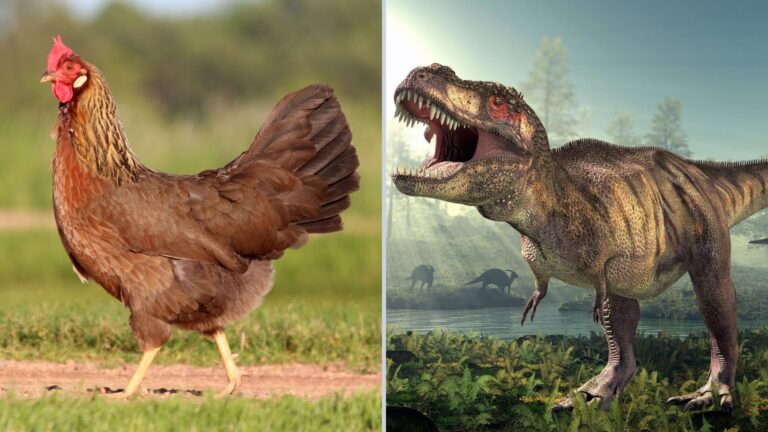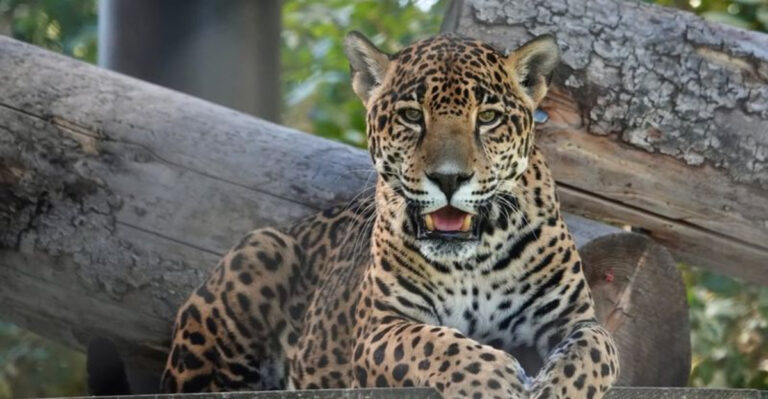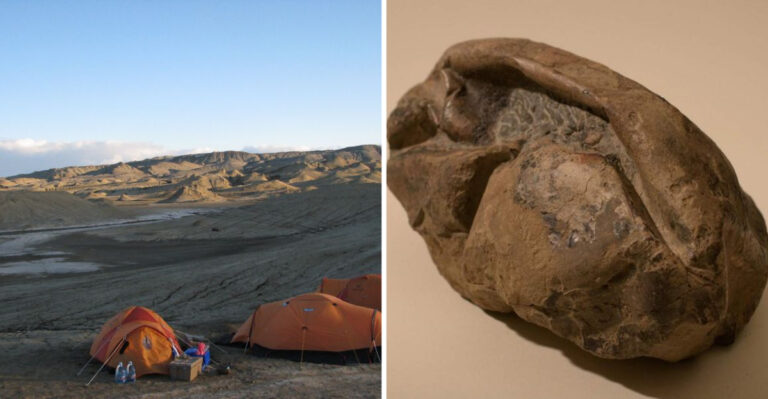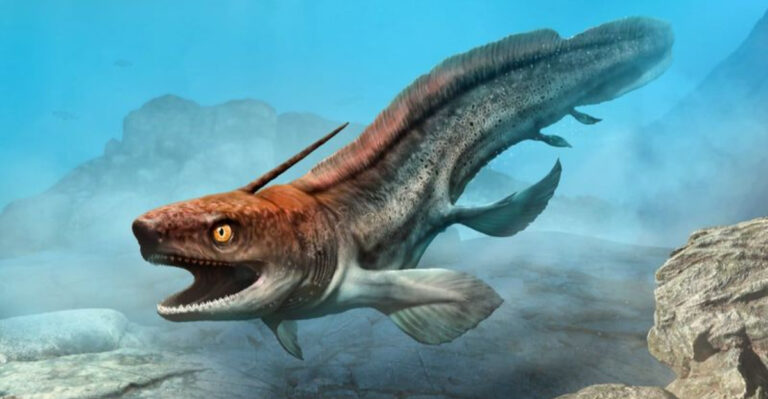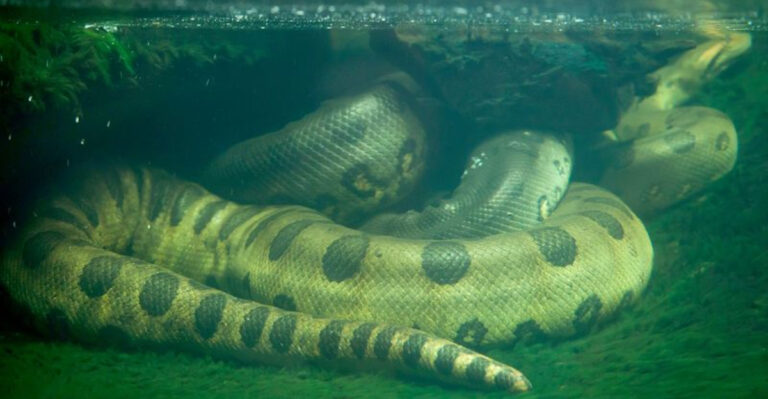Meet Thylacoleo, Australia’s Extinct Predator With The Bite Of A Big Cat
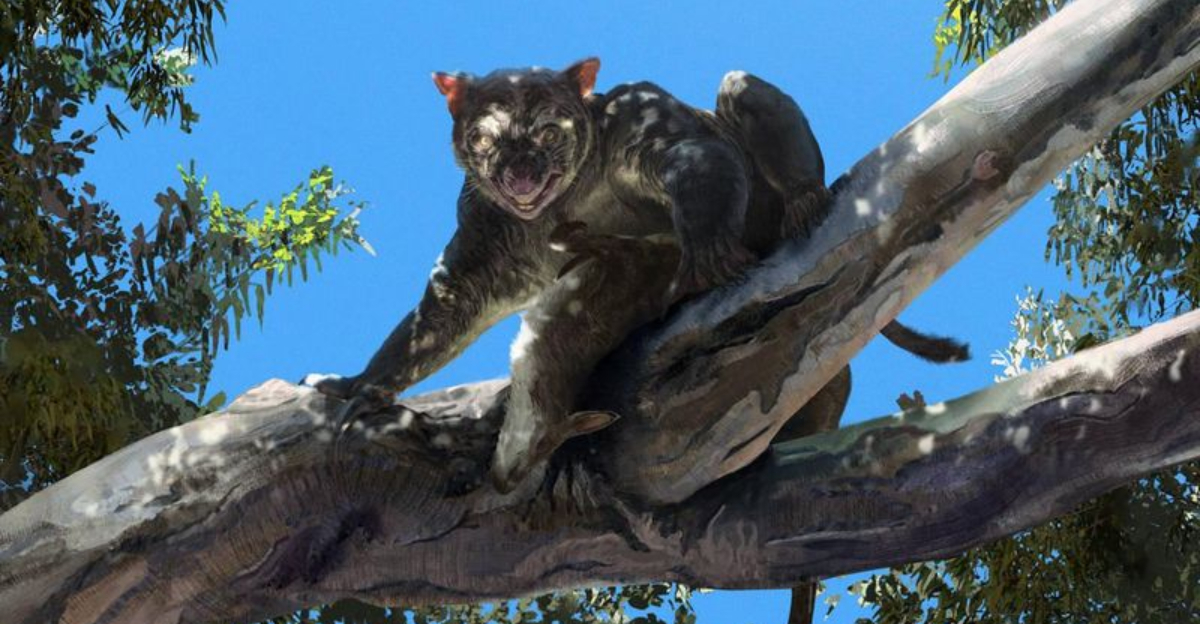
Imagine a predator with the strongest bite of any mammal that ever lived, sporting bizarre knife-like teeth and opposable thumbs with retractable claws. This wasn’t a big cat but something entirely different – Thylacoleo carnifex, Australia’s marsupial lion.
Though extinct for thousands of years, this unique predator continues to fascinate scientists who are still uncovering secrets about how this remarkable creature hunted and lived in ancient Australia.
1. It Wasn’t Actually A Lion
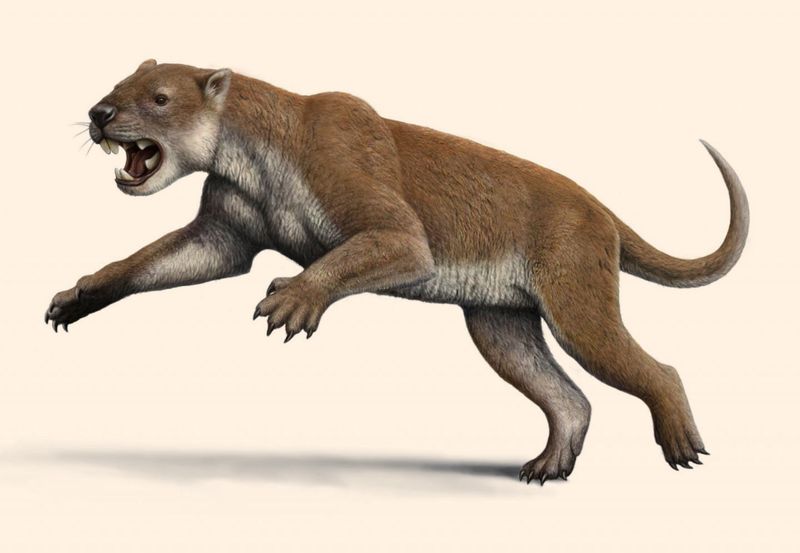
Scientists gave Thylacoleo the nickname ‘marsupial lion,’ but this powerful hunter wasn’t related to African lions at all. Its closest living relatives are actually koalas and wombats!
This pouch-bearing predator evolved from herbivorous ancestors, developing carnivorous traits independently from placental predators like big cats. A classic example of convergent evolution where unrelated animals develop similar features.
2. Its Bite Was Stronger Than Any Big Cat’s
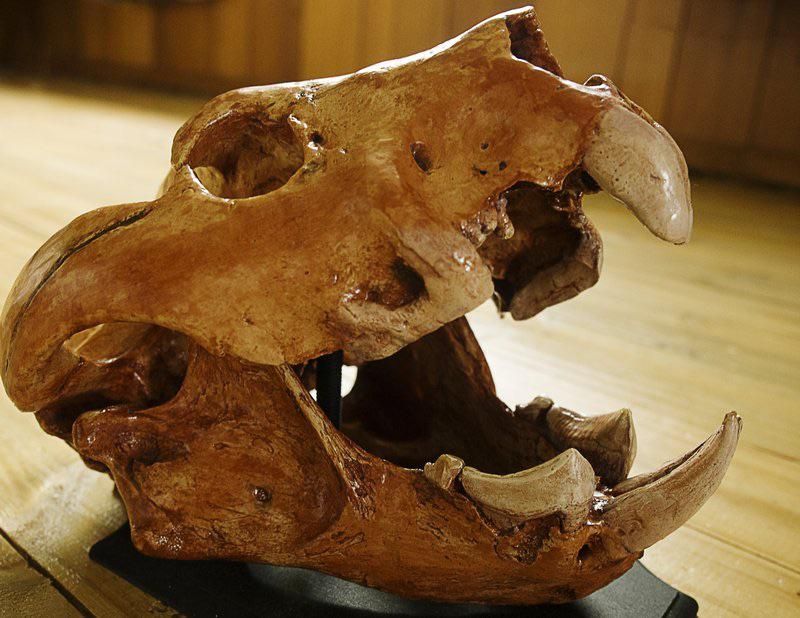
Pound for pound, Thylacoleo delivered the most crushing bite force of any mammalian predator in history. Computer models suggest it could slice through bone and tough hide with minimal effort.
Researchers estimate its bite was twice as powerful as an African lion of similar size. This extraordinary strength came from specialized jaw muscles and a skull designed to maximize crushing power rather than speed.
3. It Had Strange, Knife-Like Incisors
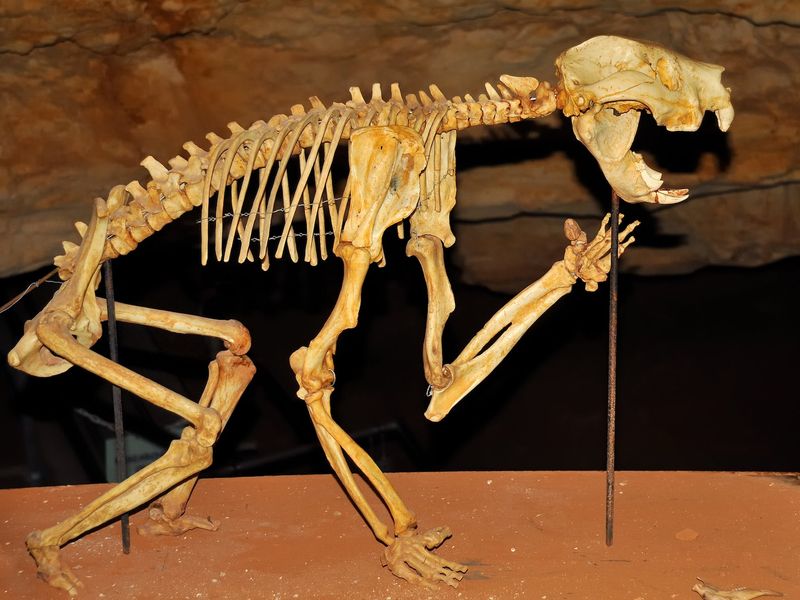
Unlike today’s predators with pointed canines, Thylacoleo evolved a bizarre dental toolkit. Its front teeth formed self-sharpening blades that worked like scissors, slicing through flesh with terrifying efficiency.
These specialized incisors grew continuously throughout life, maintaining their razor-sharp edges. The unusual dental arrangement allowed Thylacoleo to process prey in ways completely different from modern carnivores.
4. It Had Thumbs With Opposable Claws
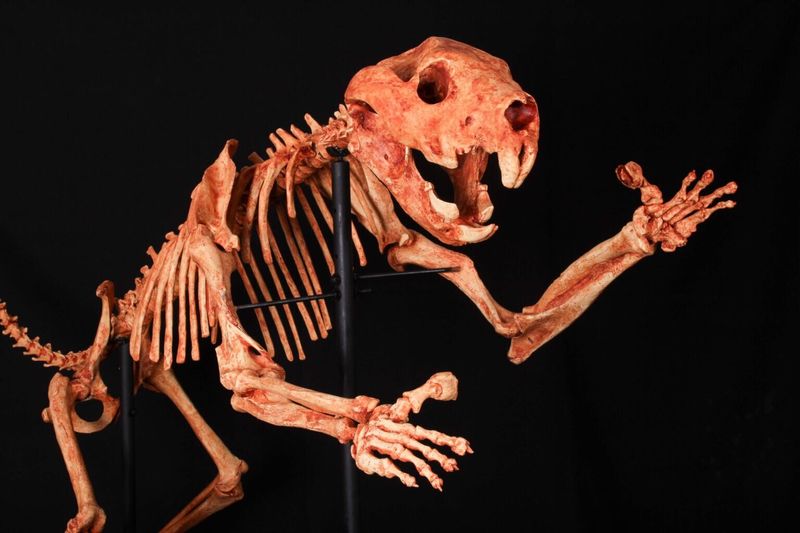
Among Thylacoleo’s most unusual features were its semi-opposable digits equipped with retractable claws. These worked similarly to a thumb, giving the predator remarkable dexterity for a hunter of its size.
This adaptation allowed Thylacoleo to grasp prey firmly while using its powerful jaws. The claws were curved and exceptionally sharp, perfect for climbing or slashing prey during an ambush attack.
5. It Was A Tree Climber
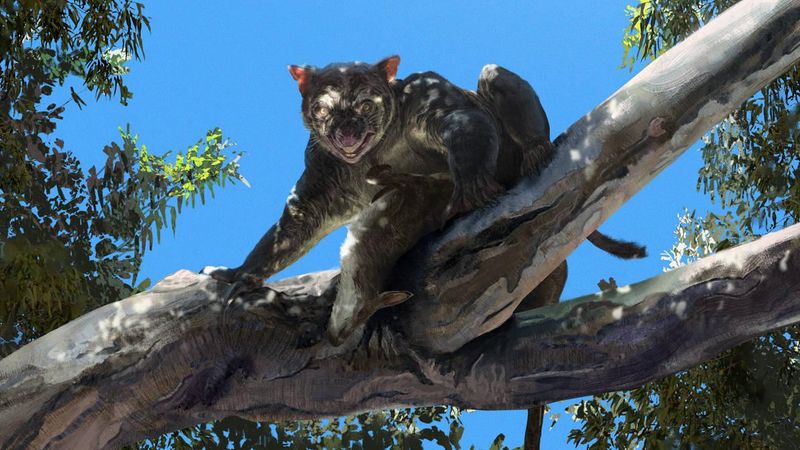
Despite weighing up to 160 pounds, Thylacoleo was surprisingly agile in trees. Fossil evidence shows powerful forelimbs and those specialized thumb claws were perfect for scaling eucalyptus trunks.
Researchers believe these predators may have ambushed prey from above, dropping onto unsuspecting animals passing below. Their climbing ability would have given them a unique hunting advantage in Australia’s ancient forests.
6. Its Tail Was Stiff Like A Kangaroo’s
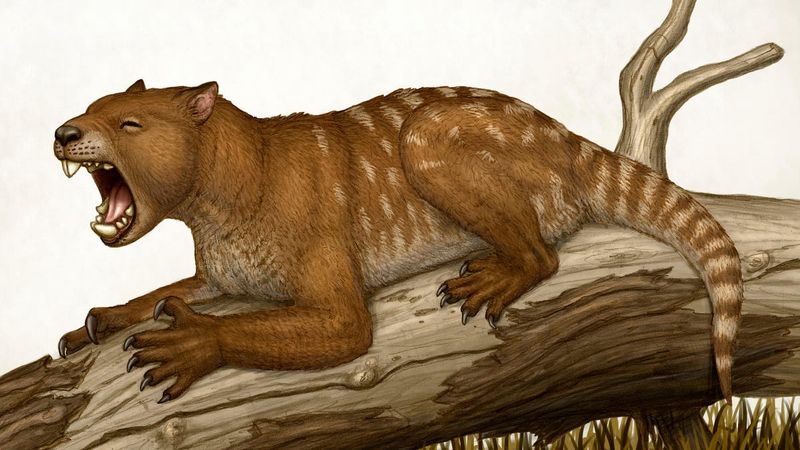
Fossil evidence reveals Thylacoleo had a surprisingly rigid tail unlike those of big cats. This stiff appendage likely functioned as a prop or balance beam while the predator handled struggling prey.
Similar to modern kangaroos, the tail may have formed a stable tripod with the hind legs. This adaptation would have freed up the front limbs for grasping and subduing large animals during hunts.
7. It Lived Alongside Giant Megafauna
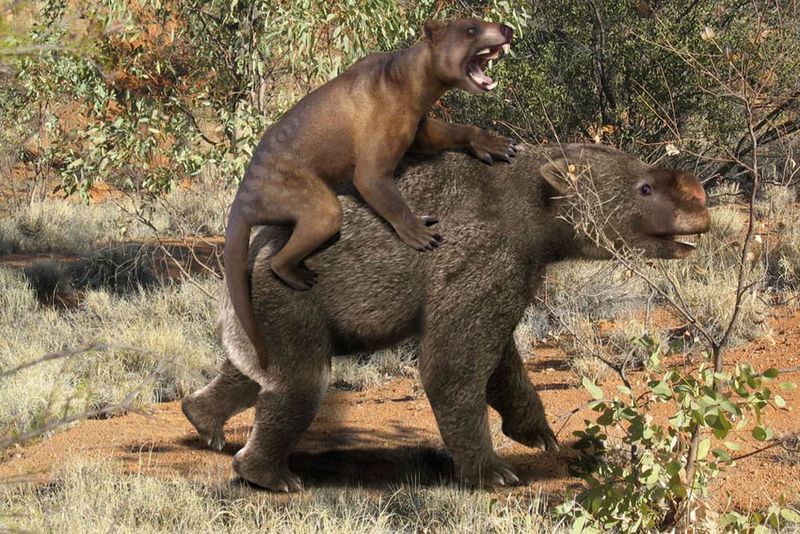
Thylacoleo roamed an Australia populated by creatures straight from a fantasy novel. Giant kangaroos standing over 10 feet tall, wombat relatives the size of rhinos, and flightless birds taller than humans were all potential prey.
This apex predator evolved specialized hunting techniques to take down animals many times its size. Fossil evidence suggests it could tackle Diprotodon, a hippopotamus-sized marsupial that dominated the landscape.
8. It May Have Hunted Humans
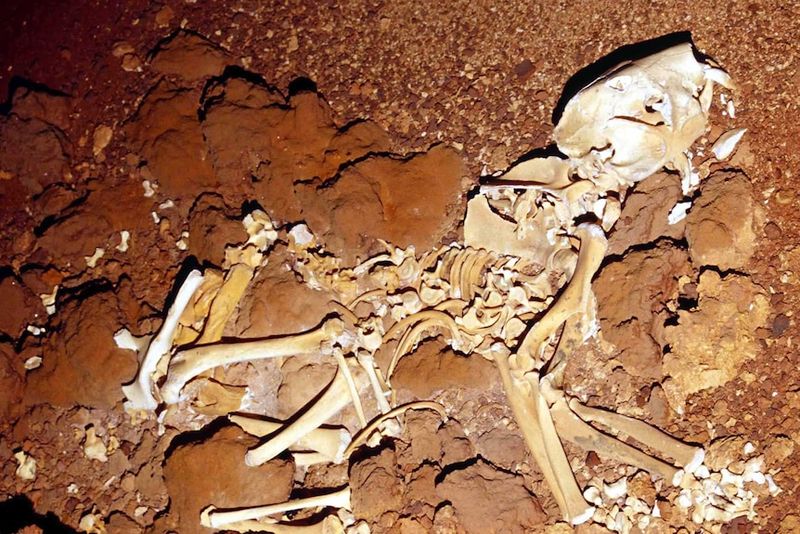
Aboriginal rock art from thousands of years ago appears to depict the marsupial lion, suggesting early Australians encountered these fearsome predators. Some archaeological sites show potential evidence of human-Thylacoleo interactions.
Scientists debate whether these powerful hunters posed a threat to human settlers. The arrival of humans in Australia roughly 65,000 years ago overlapped with Thylacoleo’s final millennia, creating a fascinating prehistoric conflict.
9. It Left Behind Claw Marks In Caves
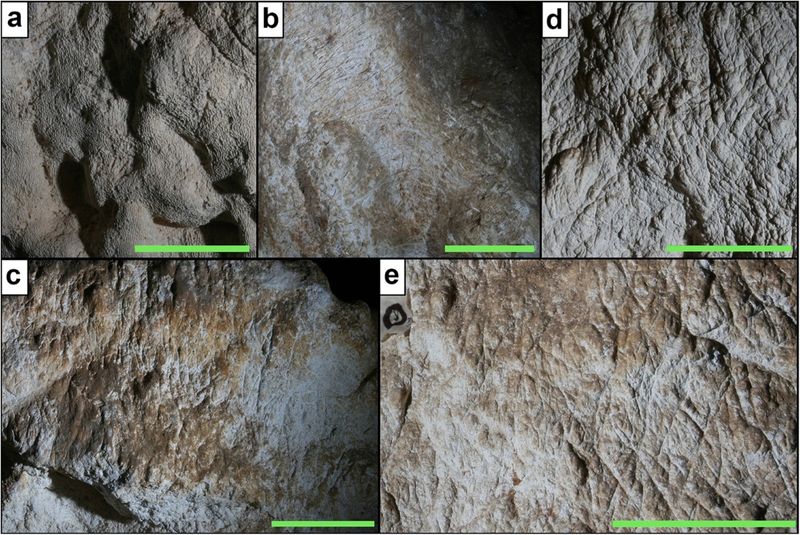
Deep within Australia’s limestone caves, researchers discovered something remarkable – ancient scratch marks etched into the walls. After careful analysis, these marks matched perfectly with Thylacoleo’s unique claws.
These cave markings reveal fascinating behavior patterns. The height and placement suggest the animals could rear up on hind legs to mark territory. Some scratches appear deliberately placed, hinting at complex social communication.
10. It Was Likely An Ambush Predator
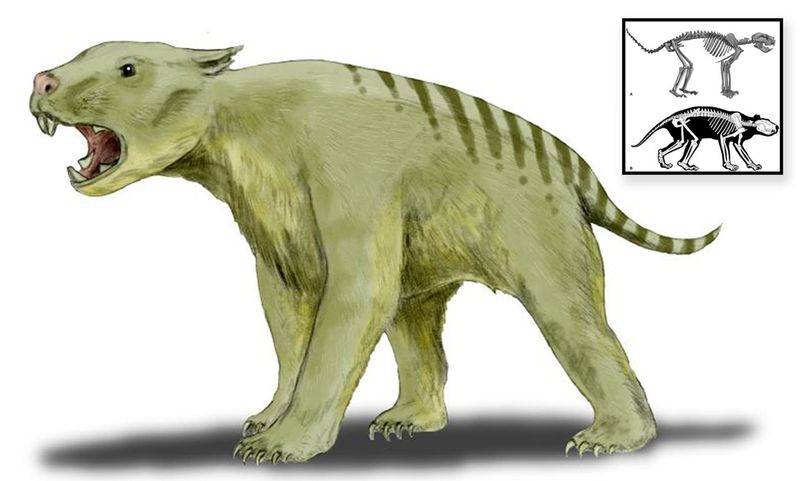
Thylacoleo wasn’t built for marathon chases like wolves or lions. Its stocky, muscular build suggests a different hunting style – waiting patiently before unleashing explosive power in a surprise attack.
Scientists believe it relied on stealth and camouflage, perhaps hiding in trees or dense vegetation. Once prey came within range, Thylacoleo would launch with tremendous force, using those specialized teeth and claws to quickly overpower even large animals.
11. Its Skull Was Surprisingly Small
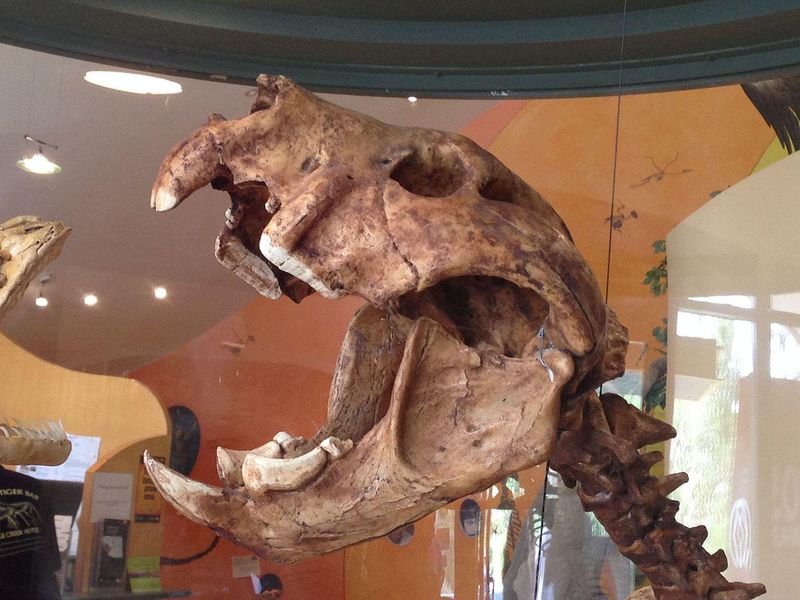
For such a powerful predator, Thylacoleo had a remarkably compact skull. Evolution favored efficiency over size, creating a precision killing tool rather than an oversized weapon.
The skull’s architecture maximized bite force through perfect leverage. Special ridges along the top provided attachment points for massive jaw muscles. This design created a bone-crushing bite from a relatively small head, demonstrating nature’s remarkable engineering.
12. It Vanished Around 46,000 Years Ago
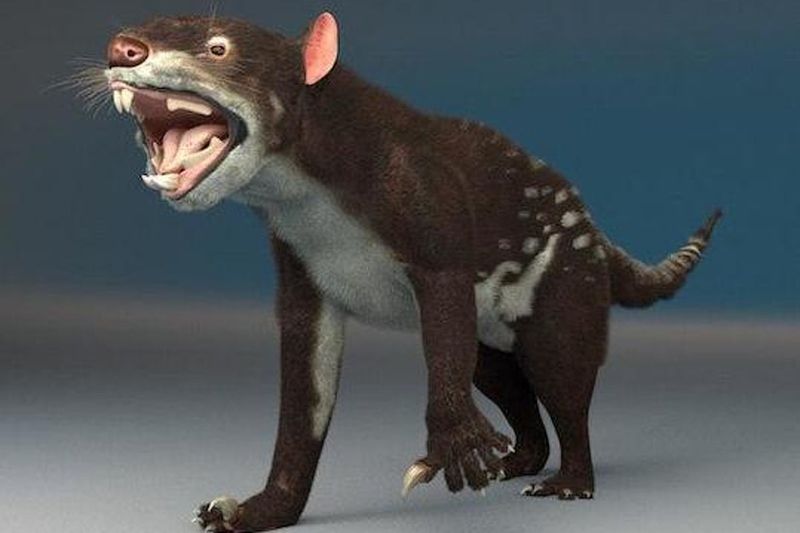
The last Thylacoleo disappeared from Earth roughly 46,000 years ago during a wave of extinctions that swept through Australia. This timing coincides suspiciously with human arrival on the continent.
Scientists debate whether hunting, habitat changes, or climate shifts caused their extinction. The marsupial lion had survived millions of years of evolution only to vanish shortly after humans appeared, leaving behind only fossils and mysteries.
13. It’s One Of The Most Unique Predators In Prehistoric History
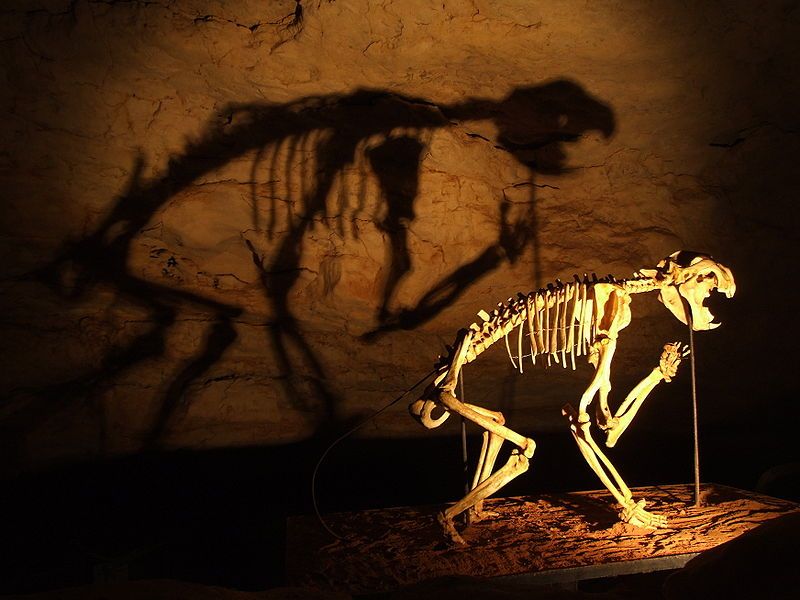
From its bizarre thumb-claws to scissor-like teeth, Thylacoleo represents one of evolution’s most fascinating experiments. No other carnivore before or since has combined these particular adaptations.
Modern science continues uncovering new details about this remarkable animal. Each fossil discovery adds to our understanding of how this marsupial evolved such specialized hunting equipment. Thylacoleo stands as a testament to Australia’s unique evolutionary path.

